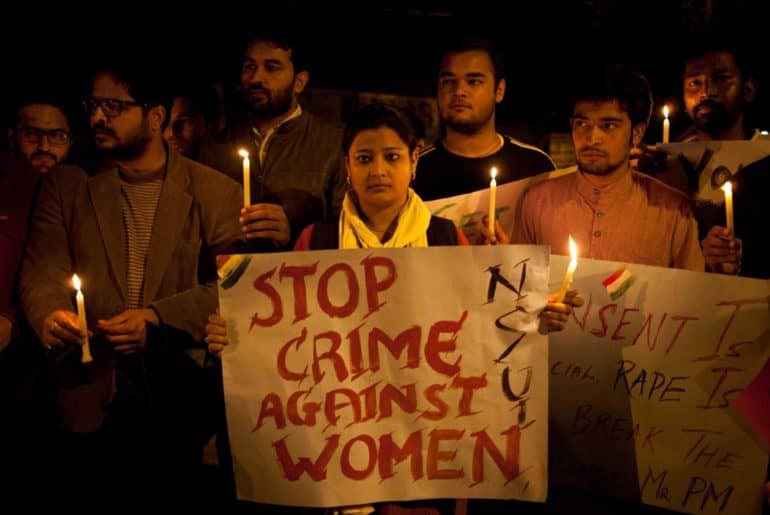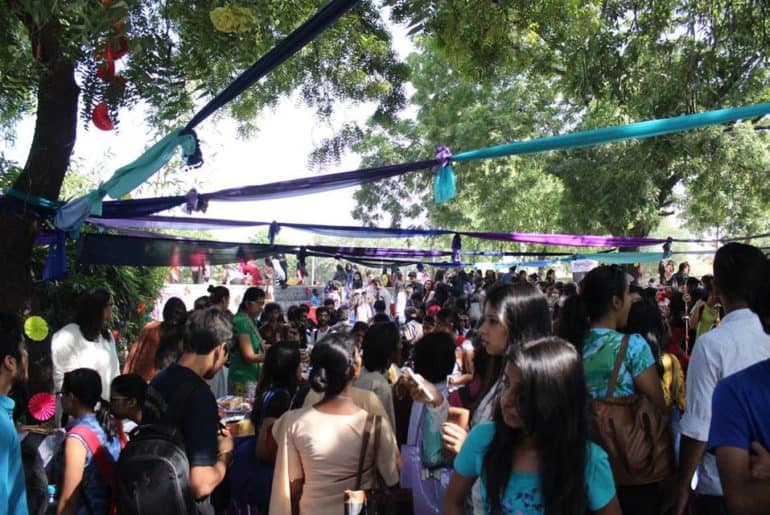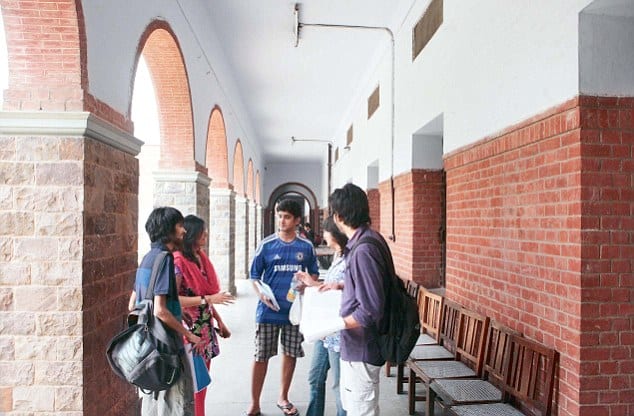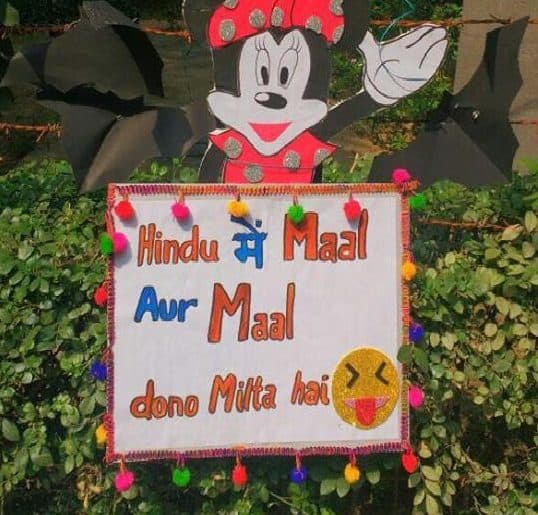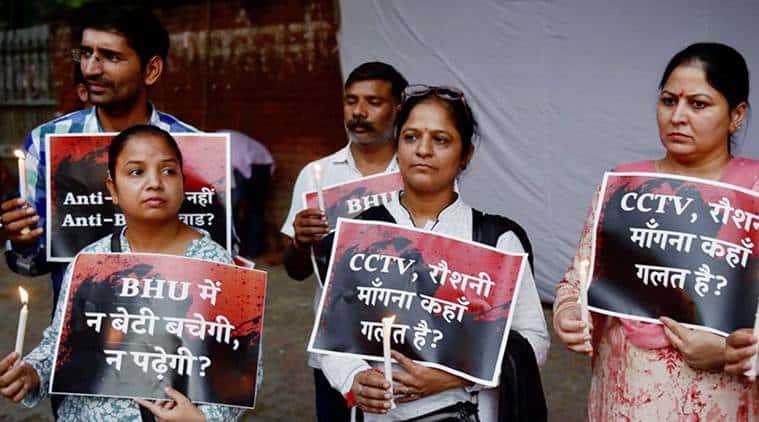Thanks to an impressive array of Bollywood movies and pop culture’s depiction of the University of Delhi many people are under an illusion that life of a college student is all fun and play. But now, with each assignment and test, the illusion of glamour is getting over alongside the semester itself. The credit for this goes to Internal Assessments.
Internal Assessment (IA) refers to a quota of 25% marks that is reserved for continuous flow of assignments, attendance, and tests that take place throughout the semester.
The breakup and weightage of IA is:
• Attendance- 5%
• Written assignments- 10%
• Class test(s)/ Quiz(s)- 10%
While 25% of the maximum marks in each paper is assigned for Internal Assessment the remaining 75% marks are for the final end of the semester examination.
With Delhi University’s exhaustive syllabus, regular work in form of tests and assignments keeps us in touch with the academics which ultimately reduces the burden for final preparation. The long readings are often neglected by the students, and when they finally come across the study material two days before the exam, they freak out. With internals one becomes familiar with the text, and instead of last-minute cramming students actually pause and learn. Also, since marks are awarded for attendance, this provision encourages more and more students to turn up.
Another benefit of Internal Assessment is that, if a student is failing by one or two marks, the teacher can sympathetically increase the internal assessment score.
However on the flip side, many students believe that Internal Assessment is nothing, but incessant nagging of work. Even though assignments are supposed to span across the semester, what ends up happening is teachers concentrate all work in last few weeks. When three-term papers with 3000-word limit are assigned just a few days back, students have no other choice but to shamelessly indulge in plagiarism. Therefore, most people those who turn up the assignments do it for the sake of it. Many students also question the need for tests in the middle of the semester when they ultimately have to write final exams.
This time, first week of October was declared as the Internal Assessments week in many Delhi University colleges. It is impossible not to question the logic behind this system. Mugging up facts to spill out on empty sheets over a course of one week is as good as not appearing for tests in the first place, except the marks are an easy catch. Most students would rather opt the easy way out and complete the required assignment, pulling all-nighters, regardless of the knowledge gained in the process. According to Nivvedhitha Shankar, a second year student of Commerce from Jesus and Mary College, a prerogative of case studies for internals can help both the parties involved. Students can learn in the process, and teachers can devise new and innovative ways to ensure students score well. Putting equal impetus on assignments and case studies can go hand-in-hand, and can give students the outlet to apply theoretical concepts in real life.
Similarly, the 5 marks alloted for attendance mark a controversial grey-zone in the ambiguous clout. The intention was to recognise regularity and discipline in students, but it more or less fails at that. In many DU colleges, professors care little about attendance marks and mark very leniently. Some professors can be equally uptight regarding attendance matters. There can be a major difference in scores because of these 5 marks. A meritorious student who is keen on participating in competitions and attending conferences may feel helpless. Despite his/ her ability to finish the syllabus quickly, there is always an added pressure of losing marks on the pretext of attendance.
However much we praise or neglect internals, they are here to stay. Our best shot is to question regressive methods of teaching and hopefully not get penalised for the same.
Feature Image Credits: India Unimagined
Niharika Dabral
[email protected]
Vijeata Balani
[email protected]


